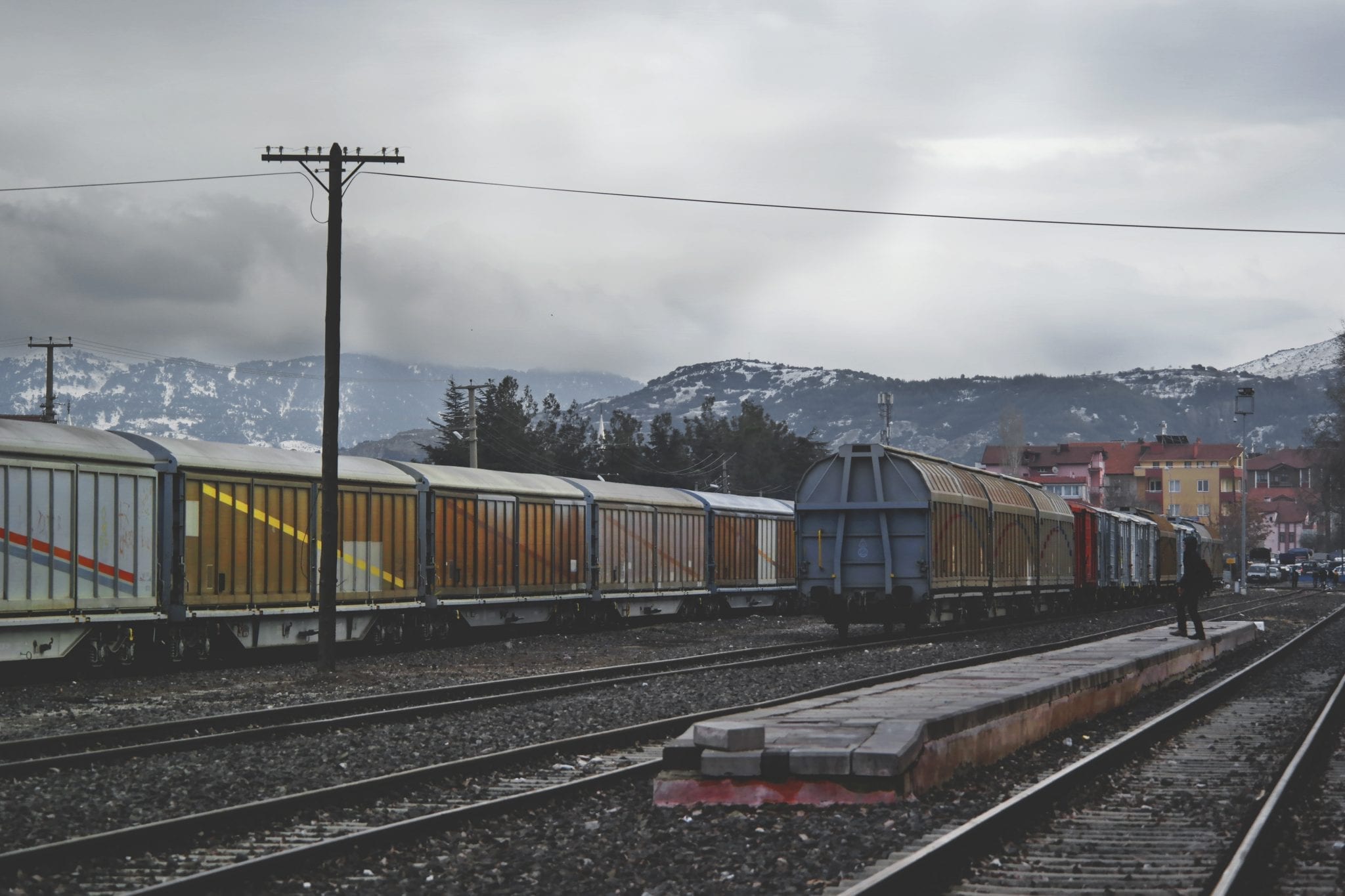On Episode 98 of The Edge of Innovation, we’re talking with Mark Dever, the senior pastor at Capitol Hill Baptist Church in Washington D.C. about how a church is different than other organizations.

Hacking the Future of Business!

On Episode 98 of The Edge of Innovation, we’re talking with Mark Dever, the senior pastor at Capitol Hill Baptist Church in Washington D.C. about how a church is different than other organizations.

On Episode 97 of The Edge of Innovation, we’re talking with Mark Dever, the senior pastor at Capitol Hill Baptist Church in Washington D.C.

Today on the Edge of Innovation, we are talking with Taylor Robinson of PLG Consulting about how transportation logistics builds the future.

Today on the Edge of Innovation, we are talking with Taylor Robinson of PLG Consulting about the business of logistics and moving sand around the world.

On Episode 5 of The Edge of Innovation, we look at a case study of a client and understand how to find the “why” behind the “what” in web presence. We are also talking about how to set smart goals. Many projects fail because expectations weren’t set well.